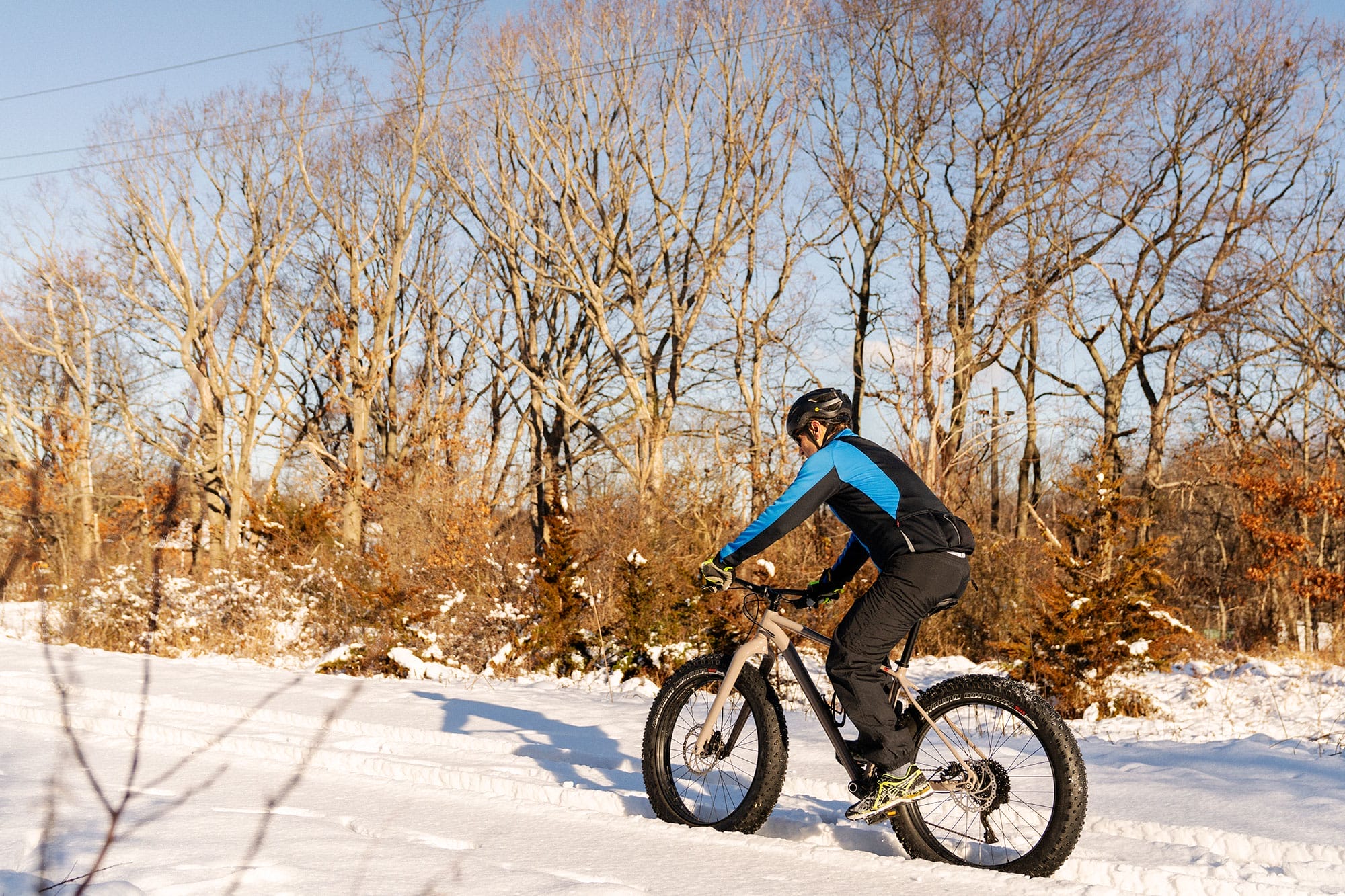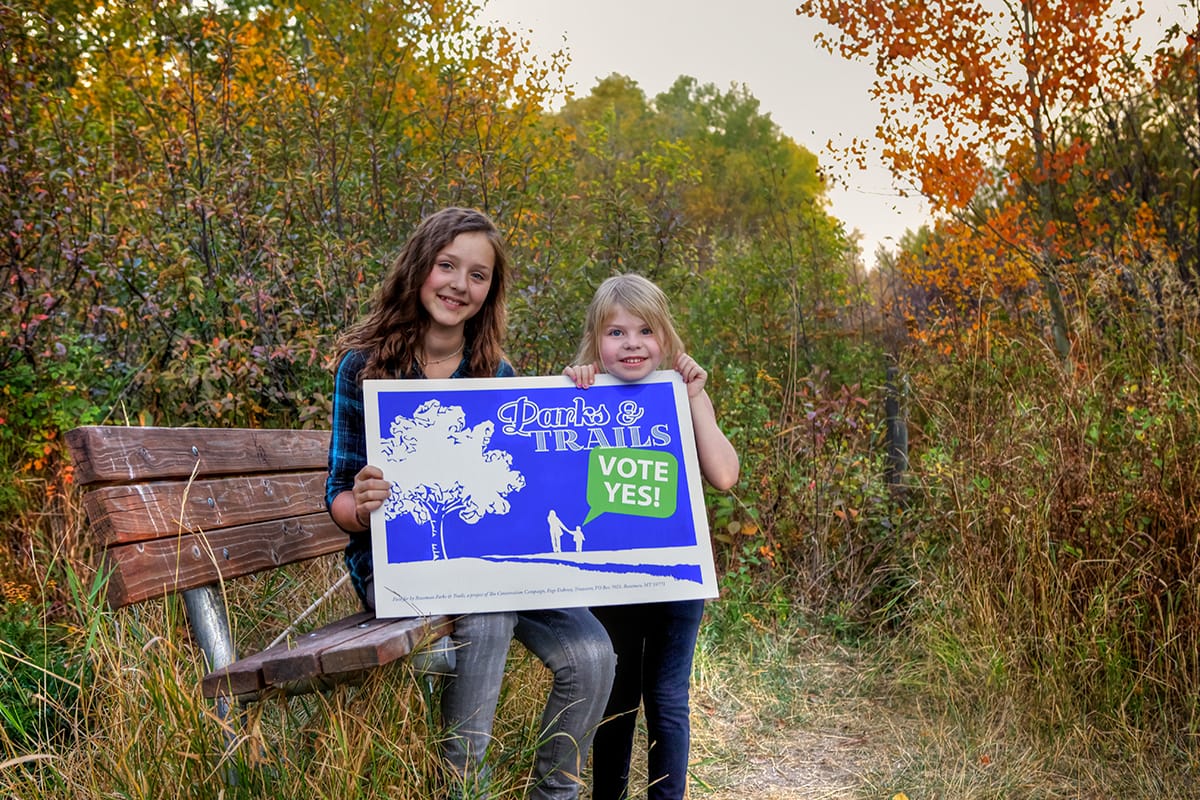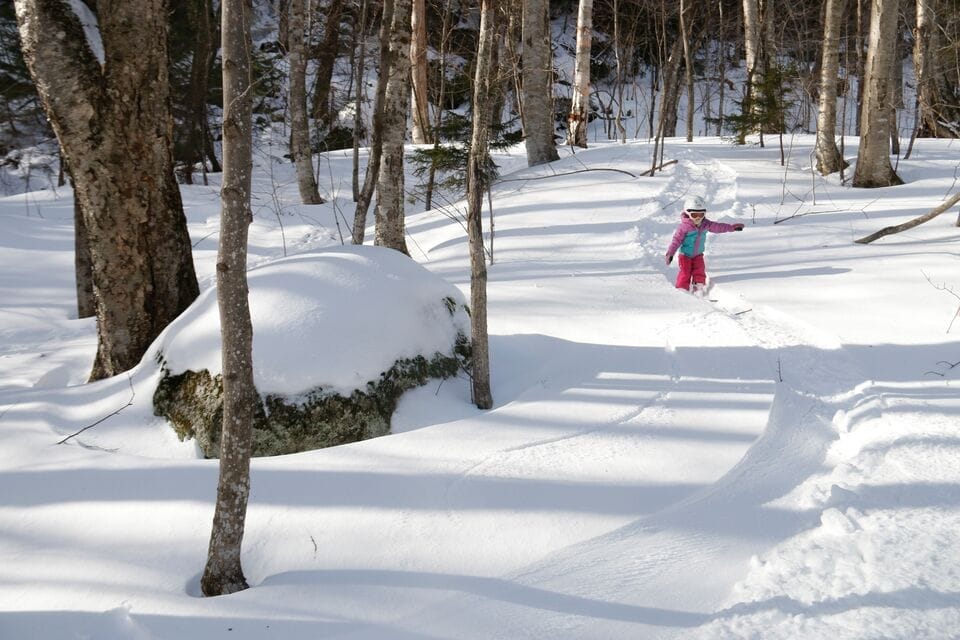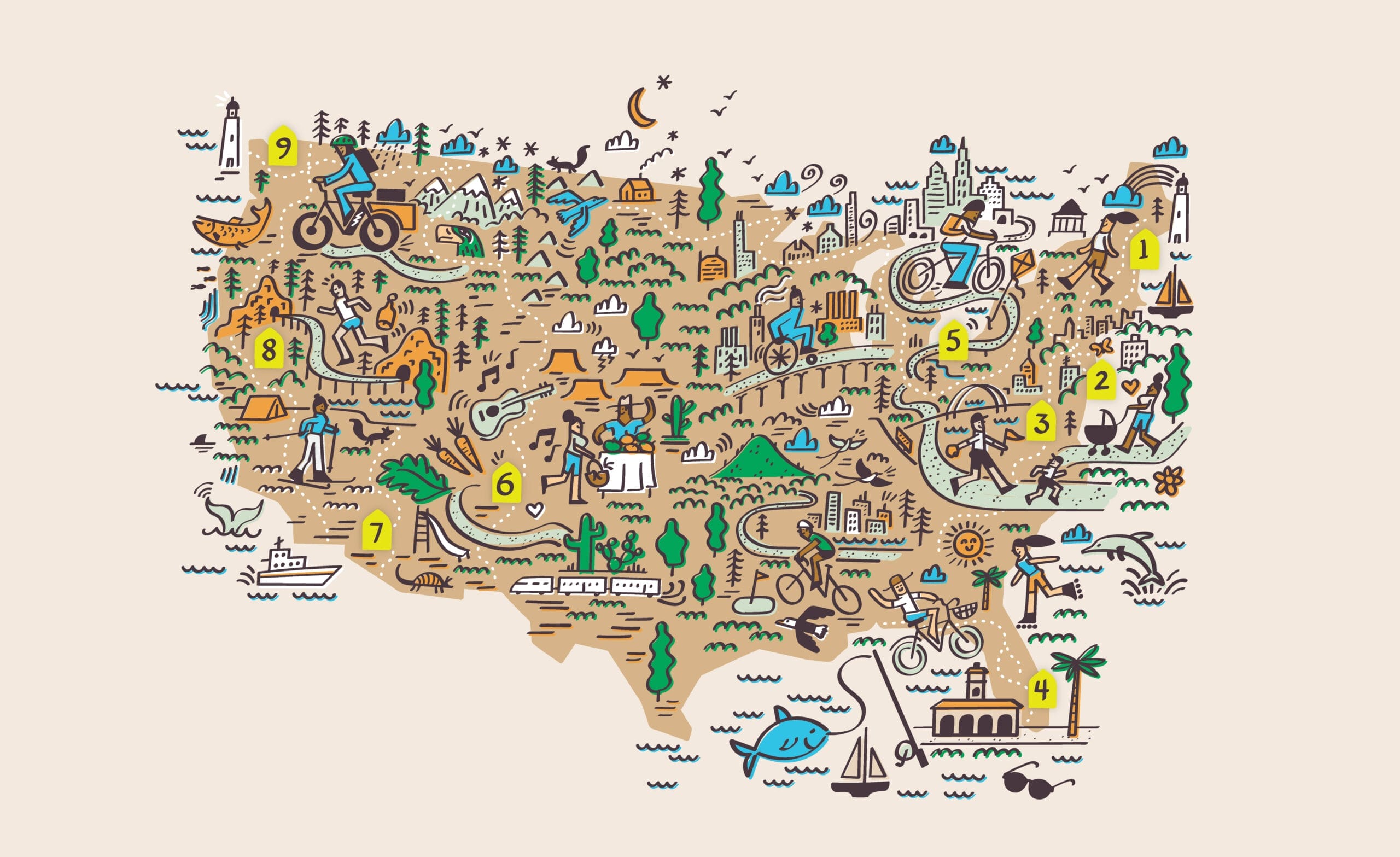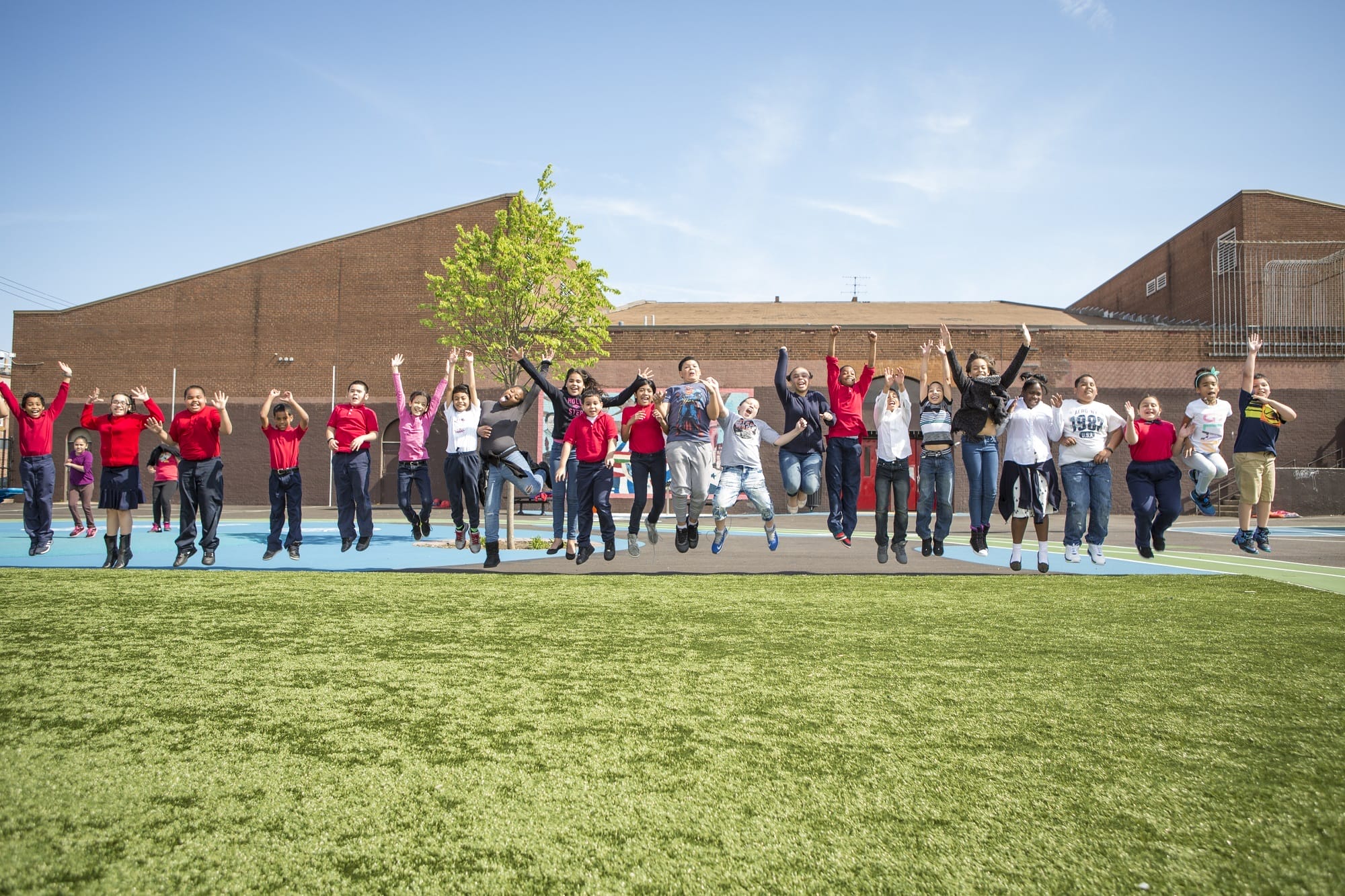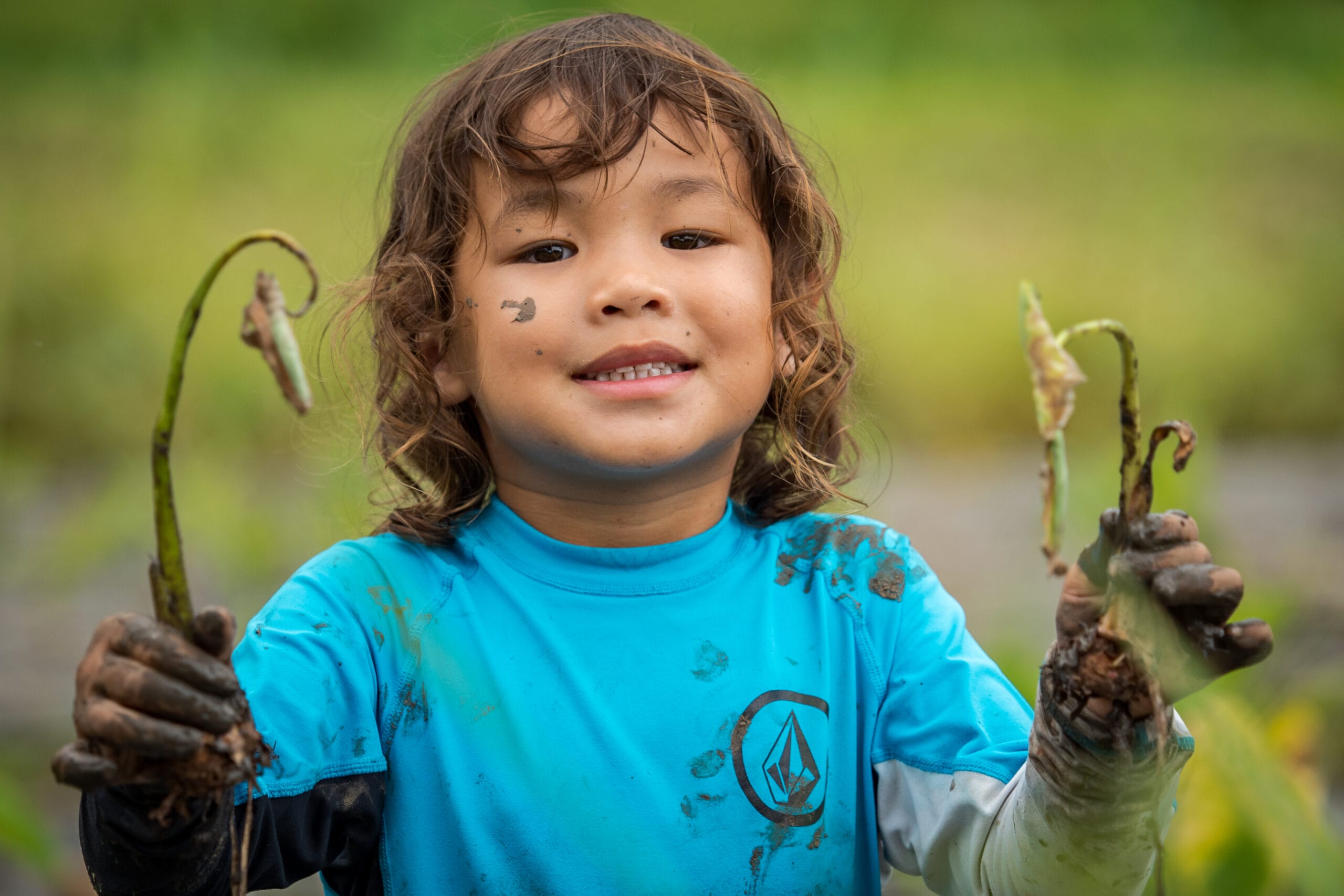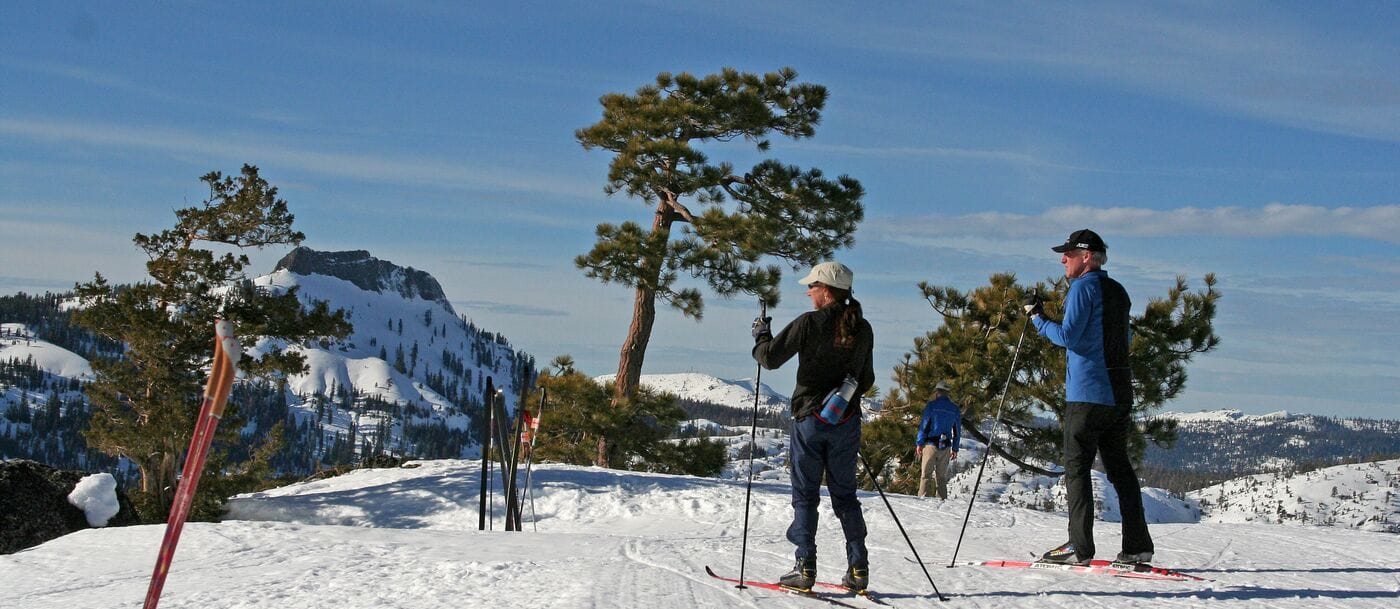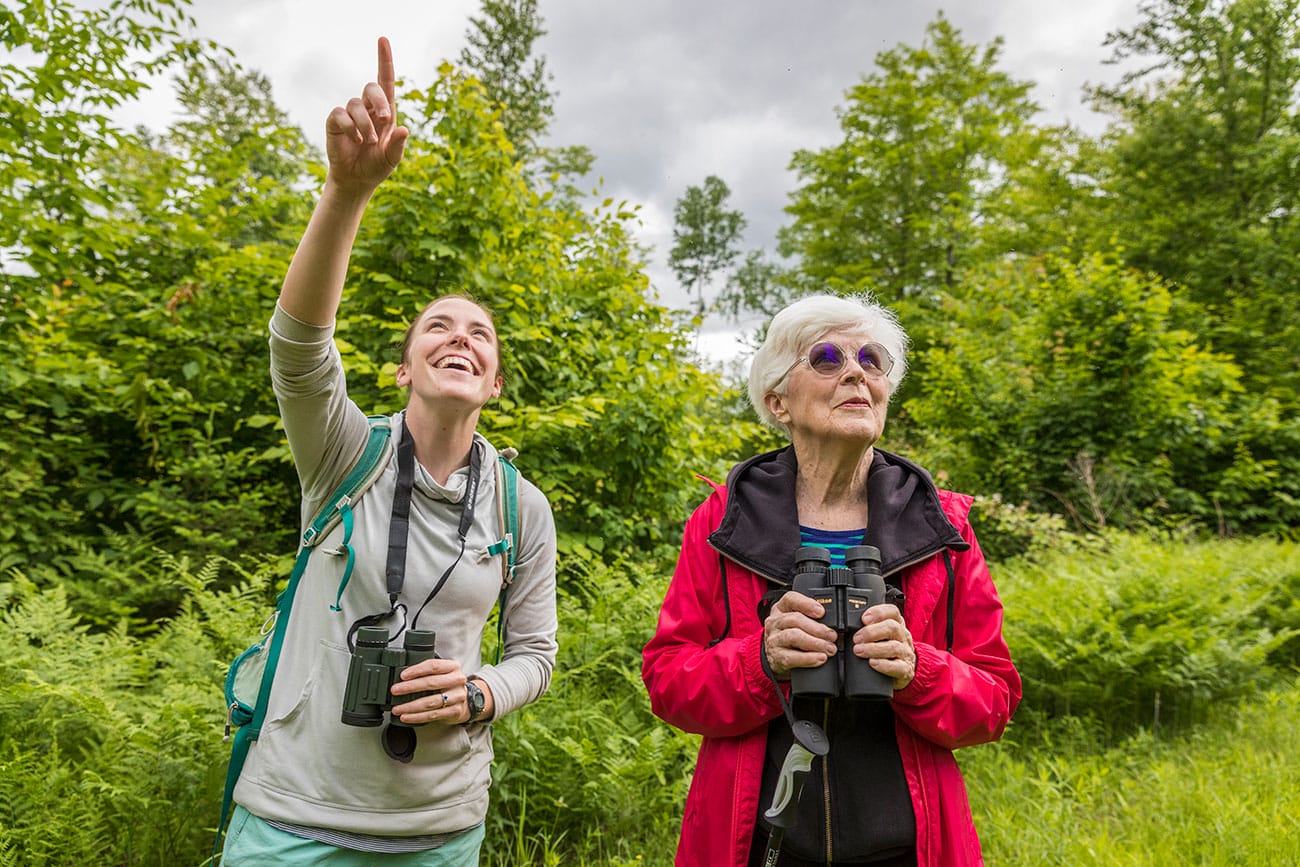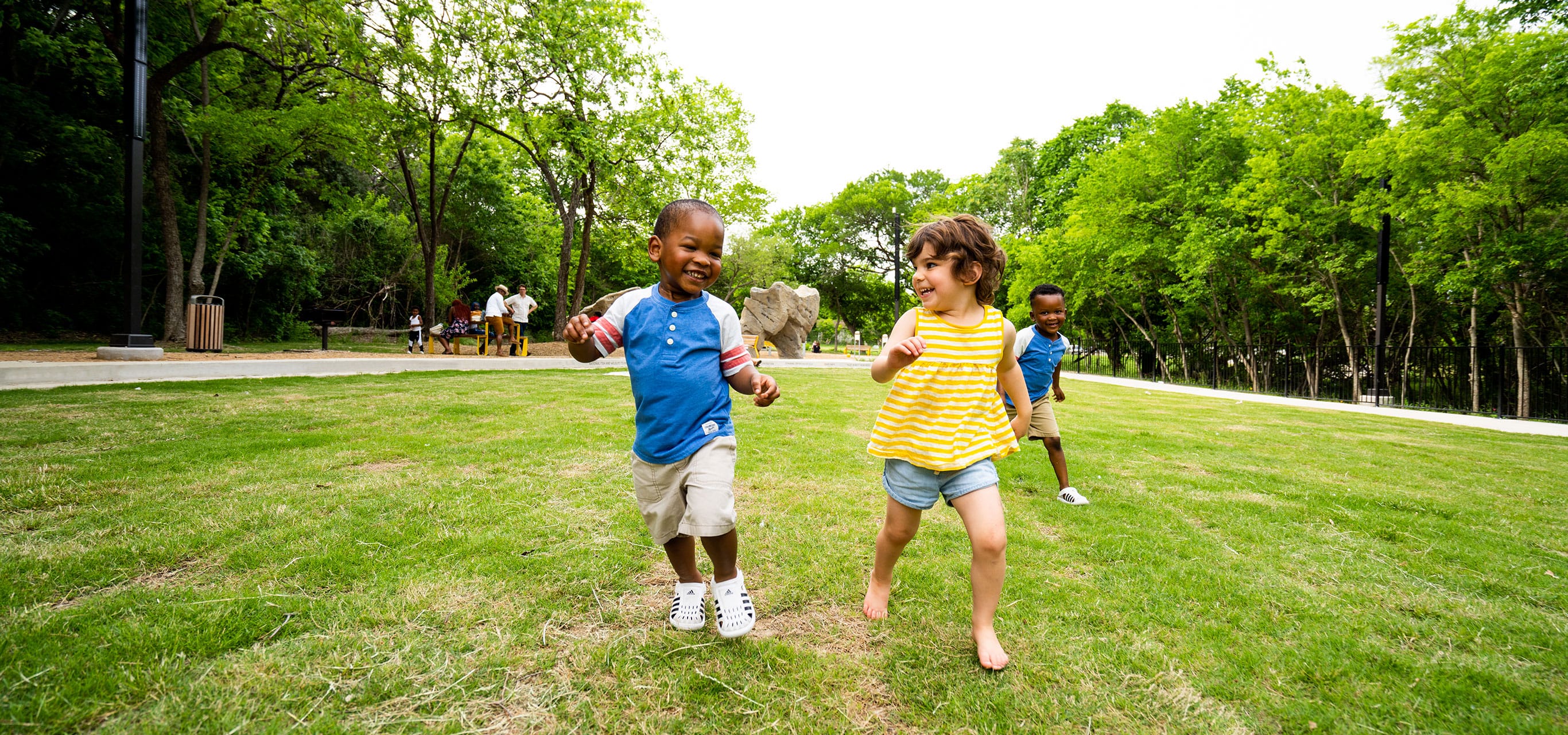
Summer camp memories linger at this new public wildlife area
Summer camp memories linger at this new public wildlife area
To reach her favorite spot at Camp Whispering Hills, Allison Walker would coax a horse up the steep trail behind the barn. The climb zig-zagged through hardwood forests to the top of a sandstone cliff, where the trees opened up to a high, sprawling meadow. “You could see for miles up there,” Walker remembers—over the prairies and bluffs that fall away to the Root River Valley as it cuts through this remote corner of southeast Minnesota.
As a Girl Scout growing up in nearby Rochester, Minnesota, Walker went to Camp Whispering Hills every summer—first as a camper, and later as a counselor. She remembers waking up early to raise the flag, big meals in the dining hall, and long afternoons by the pool. There were horseback rides, bike trips, and fishing expeditions in the coldwater trout stream that courses through the camp. There were crafts, plays, sports, hide-and-seek, and nights singing songs around the campfire.
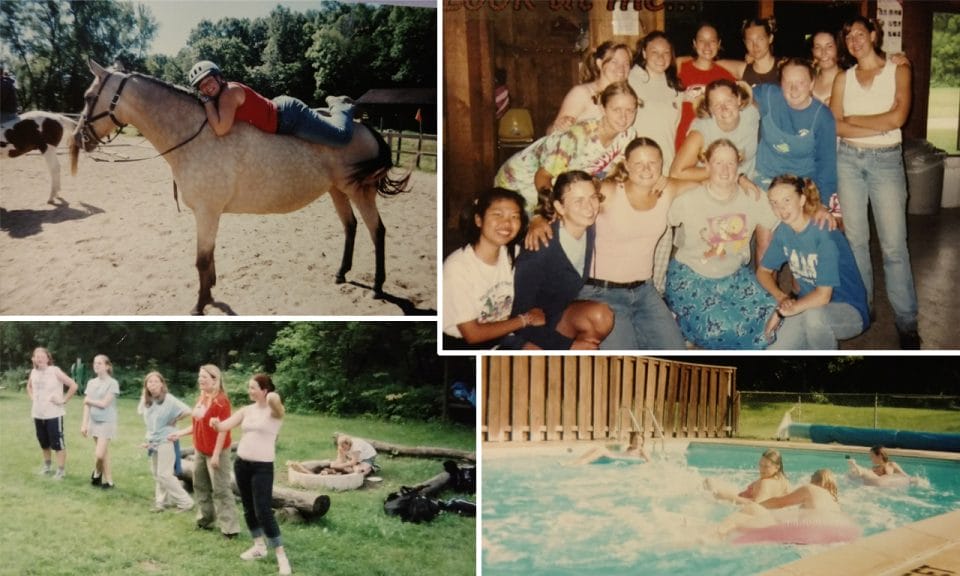 Allison Walker is one of thousands of Girl Scouts who’s childhood was shaped by Camp Whispering Hills. She grew up coming here each summer, first as a camper, then a counselor—and these are a few of her favorite memories.Photo credit: Allison Walker
Allison Walker is one of thousands of Girl Scouts who’s childhood was shaped by Camp Whispering Hills. She grew up coming here each summer, first as a camper, then a counselor—and these are a few of her favorite memories.Photo credit: Allison Walker
During the school year, Walker sold countless boxes of cookies to cover the cost of her time at camp. But the hard work and saving was always worth it. “I didn’t have a big group of girlfriends at home, so I was always so ready to get to back to camp and be part of that world,” says Walker, now a 31-year-old veterinary technician. “It was a really good thing for me to be away from home, learning new things, and hanging out with so many other girls. It boosted my confidence to be there.”
The 840-acre Camp Whispering Hills has been beloved by generations of Girl Scouts from around the Midwest. But 100-year floods in 2007 and 2013 damaged the property’s bridges, roads, and buildings. To avoid future flood damage and keep campers safe, the Girl Scout Council realized they’d have to relocate the buildings to higher ground. “But when we tallied the cost of the work that was needed there, we had to decide that it didn’t make sense for us financially, considering that we have four other well-loved and well-used camps in the region that our scouts can attend. We made the very difficult decision to sell,” says Tisha Bolger, CEO of the Girl Scouts of River Valleys.
“That’s when the Trust for Public Land came to the table to help us make sure the property was protected and in public ownership, which is terrific. If we can’t hold on to it, we’re at least happy to see that it will still be well cared for, and people will be able to enjoy it,” Bolger says.
 The Girl Scouts made the tough decision to sell Camp Whispering Hills, but they wanted to make sure this special place would still serve the community. So they worked with us to protect it as new public open space.Photo credit: Andy Richter
The Girl Scouts made the tough decision to sell Camp Whispering Hills, but they wanted to make sure this special place would still serve the community. So they worked with us to protect it as new public open space.Photo credit: Andy Richter
We worked with the Girl Scouts to transfer to camp to the Minnesota Department of Natural Resources. Now it’s open to everyone as the Yucatan Wildlife Management Area—creating much-needed recreation opportunities in a part of the country where only five percent of the land is in public ownership. “Whispering Hills has always been one of our gems,” Bolger says. “The Girl Scouts have cared for it well for a long time, and it’s a special place, a unique landscape.”
The steep limestone bluffs and deep stream cuts mark Whispering Hills as part of the Driftless Area—a patch of rugged terrain straddling the borders of Iowa, Illinois, Wisconsin, and Minnesota. Most of the upper Midwest is flat or gently rolling hills, a landscape scoured smooth by advancing glaciers in ice ages past. But the Driftless Area remained untouched by glaciers, retaining the sharp angles and rough edges of the bluffs and river valleys. That topography has made it more difficult to farm, creating a refuge for endangered species such as the timber rattlesnake as the surrounding prairie was converted to farm fields.
 We helped protect a Girl Scout camp in southeast Minnesota, transforming the land into a new public Wildlife Management Area. The project was funded in part by the Outdoor Heritage Fund, created by Minnesota voters in 2008. Photo credit: Andy Richter
We helped protect a Girl Scout camp in southeast Minnesota, transforming the land into a new public Wildlife Management Area. The project was funded in part by the Outdoor Heritage Fund, created by Minnesota voters in 2008. Photo credit: Andy Richter
Walker says she found out about the plans for Whispering Hills from a fellow camp alum on Facebook. When she was invited to the decommissioning ceremony, she knew she wanted to go. Fortunately for Walker, it wasn’t a long trip: “I fell in love with this landscape when I was a camper here, so when I was looking for a place to settle down as an adult, I came right back—I found some land I could afford and now I just live about 20 minutes away.”
On a cool, cloudy October day, Walker was one of dozens of Girl Scouts past and present who gathered at Camp Whispering Hills to honor its transition from summer camp to public open space. Women came from as far as California and England. They brought scrapbooks full of photos, pins, badges, and letters they’d saved from their time as campers, sang their favorite camp songs, and opened a time capsule sealed in the camp’s early days.
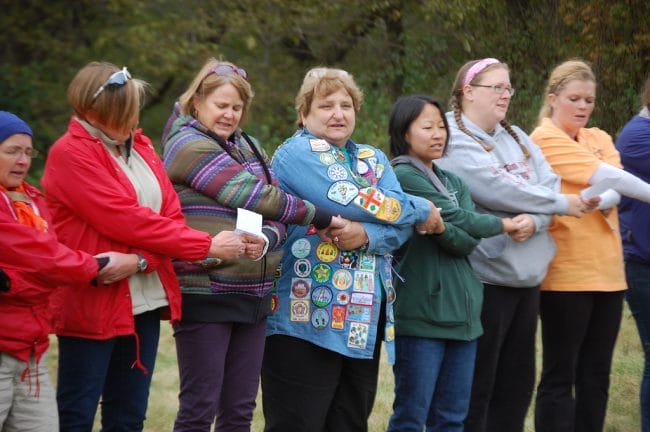 Girl Scouts past and present gathered at Camp Whispering Hills to honor its transition from summer camp to public open spacePhoto credit: Girl Scouts of River Valleys
Girl Scouts past and present gathered at Camp Whispering Hills to honor its transition from summer camp to public open spacePhoto credit: Girl Scouts of River Valleys
At the end of the day, current scouts lowered the flag and former campers went their separate ways—taking with them the memories they’d made and the friendships they keep from their time as campers at Whispering Hills. “I was sad to hear that camp was closing because it’s such a special, beautiful place and I know it means a lot to the women who went there,” says Walker. “But I’m relieved to know that other people will now be able to experience it, and I know they’re going to love it like we do.”
Funding was provided by the Minnesota Outdoor Heritage Fund as recommended by the Lessard-Sams Outdoor Heritage Council.
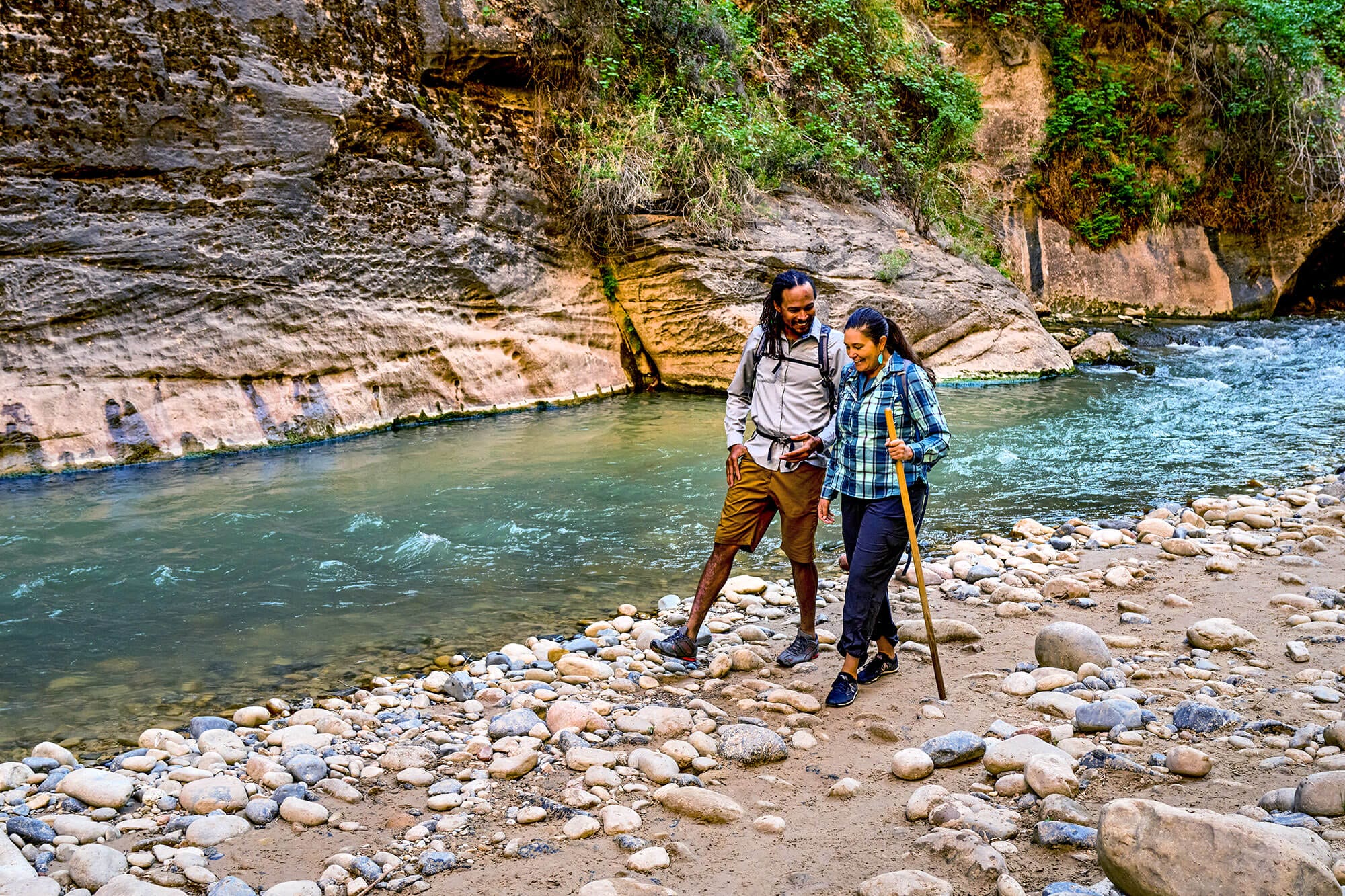
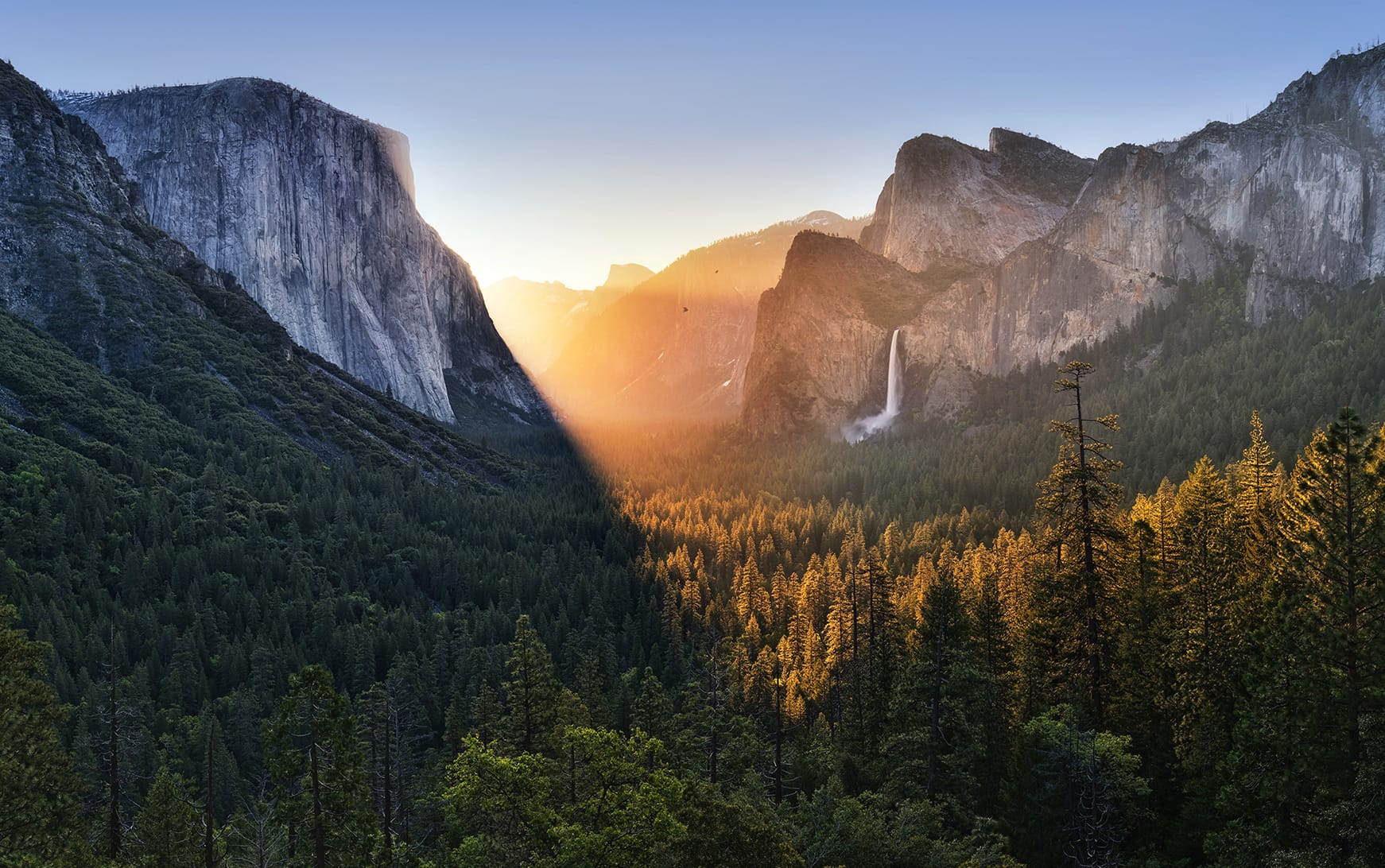
Donate to become a member, and you’ll receive a subscription to Land&People magazine, our biannual publication featuring exclusive, inspiring stories about our work connecting everyone to the outdoors.
See how our supporters are helping us connect people to the outdoors across the country.


